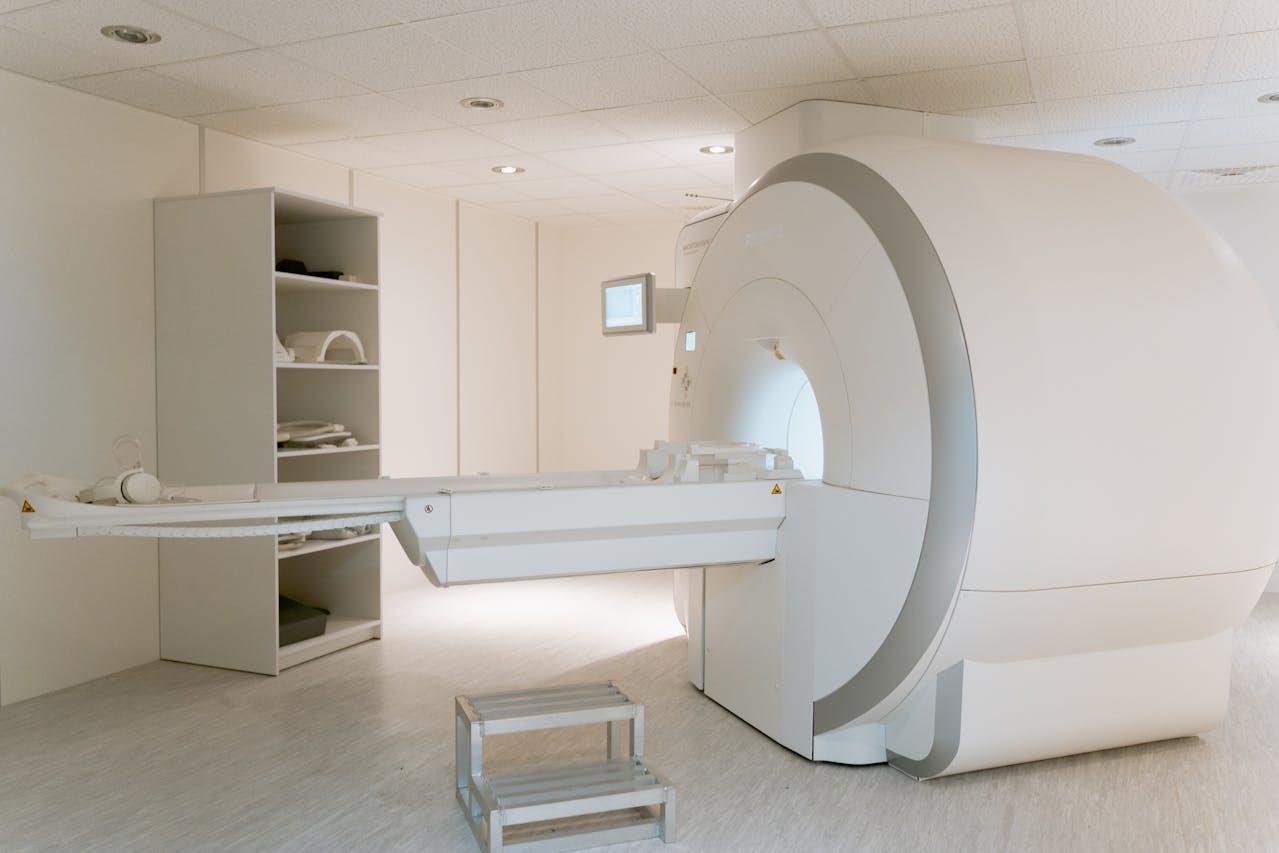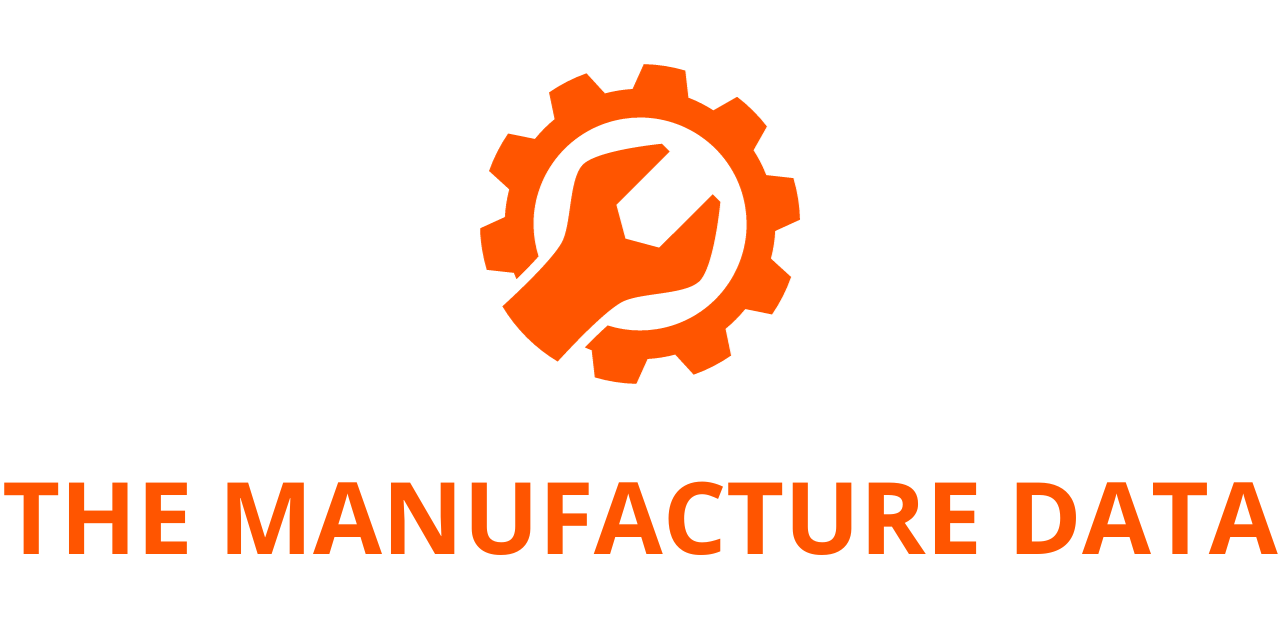
How GM Is Using CT Scanning to Revolutionize Vehicle Manufacturing Quality
While computed tomography (CT) scanning is widely known for its use in the medical field to diagnose conditions such as fractures, tumors, and cardiovascular diseases, General Motors (GM) has found an innovative application of this powerful technology in its vehicle manufacturing operations. At the forefront of this effort is GM’s Bedford Casting Plant in Indiana, which has been utilizing CT scanning since 2019 to improve the quality and reliability of its metal castings.
Pushing the Boundaries of Manufacturing with CT Scanning
The Bedford Casting Plant, a key production site for GM, specializes in producing complex aluminum components using both sand and high-pressure die casting (HPDC) methods. In the HPDC process, molten aluminum is rapidly injected into steel dies at extremely high speeds. The cavities fill in just milliseconds, and within roughly 60 to 90 seconds, the castings are formed and removed for machining to meet precise specifications.
This process is used to manufacture a wide range of critical components for GM vehicles, including cylinder blocks, transmission cases, structural pieces, and housings for electric vehicle (EV) drive units. These parts are then shipped to various GM assembly facilities, where they are incorporated into powertrains for Chevrolet, Cadillac, GMC, and Buick models.
To ensure these components meet the highest quality standards, the Bedford team integrates CT scanning and digital machining into the inspection process. Every day, the plant pours more than half a million pounds of molten aluminum — making quality control a mission-critical operation.
The Role of the “Data Doctor”
Leading the charge in CT scanning implementation is Corey Beechboard, a senior process engineer with nearly three decades of experience in data analysis and engineering. Nicknamed the “data doctor” by his team, Beechboard joined GM in 2024 and quickly became instrumental in using CT and digital tools to detect even the smallest imperfections in cast parts.
“Using this technology allows us to react faster and make smarter choices,” says Beechboard. “We’re not wasting castings, and that elevates our confidence in the parts we produce.”
By combining CT imaging with digital machining simulations, Beechboard and his team can pinpoint potential issues — such as voids, shrinkage, or air pockets — before the parts are machined or installed in vehicles. This preemptive approach significantly enhances the reliability of each casting.
“With my experience in analyzing data, I’m confident that when I find a defect, it will actually be there and ensure results are accurate,” Beechboard notes.
How the Technology Works
CT scanning in a manufacturing context functions much like it does in the medical field but is tailored to analyze dense materials like metal. At Bedford, cast parts are placed in industrial CT scanners, which create high-resolution 3D digital models. Unlike traditional X-rays that produce a single-layer image, CT provides a full volumetric view, allowing engineers to examine the internal structure of a component in extraordinary detail.
“Humans are actually less dense than the metal parts we scan at GM,” explains Alan Weaver, GM’s engineering group manager for measurement systems. “So, the scanners we use are significantly more powerful and provide greater resolution.”
These scans are crucial in detecting porosity — tiny voids or bubbles within the metal — and other anomalies that could compromise the integrity of a part. Identifying such defects early in the process prevents costly downstream failures and ensures consistent performance in the finished product.
Measurable Impact on Manufacturing Quality
Since implementing CT scanning, the Bedford team has seen measurable improvements in casting consistency, production efficiency, and defect reduction. The scanning process enables faster, more informed decision-making during production, while reducing waste and rework.
CT scanning has also sped up quality control processes dramatically. According to internal metrics, inspections that once took hours can now be completed 50% to 70% faster, without sacrificing accuracy.
“Right now, we’re making the highest quality castings we’ve ever produced,” says Carl Holmberg, engineering manager at Bedford. “Other GM sites have started asking us to scan components for them — they know we have the tools and expertise.”
A Broader Impact Across GM
The benefits of CT scanning aren’t limited to the Bedford facility. GM is already expanding this technology across various business units. At the GM Global Technical Center in Warren, Michigan, CT scanners are used to analyze EV batteries for structural integrity and defects. In Pontiac, Michigan, the company is applying similar techniques for fuel cell component diagnostics.
Bedford’s CT team is even helping to set best practices across the company. Operating the scanner for up to 18 hours a day, the team assists other GM casting facilities by scanning their parts and offering detailed quality evaluations. This collaborative approach is accelerating the integration of CT technology throughout GM’s global operations.
Benefits for Customers and the Business
The ultimate beneficiaries of this innovation are GM’s customers. By identifying and eliminating internal casting defects before vehicles reach the market, GM enhances the reliability of its products. This translates into fewer warranty claims and reduced out-of-pocket repair costs for owners.
For the company, CT scanning represents a leap forward in intelligent manufacturing. The ability to detect flaws with high accuracy, act quickly on insights, and support a network of production sites all contribute to reduced operational costs and improved product quality.
By harnessing medical-grade imaging tools for industrial use, GM is not only enhancing manufacturing precision but also setting new industry standards for quality and innovation. As this technology continues to evolve and scale across its operations, GM stands poised to deliver vehicles that are more reliable, efficient, and engineered to the highest standards.




